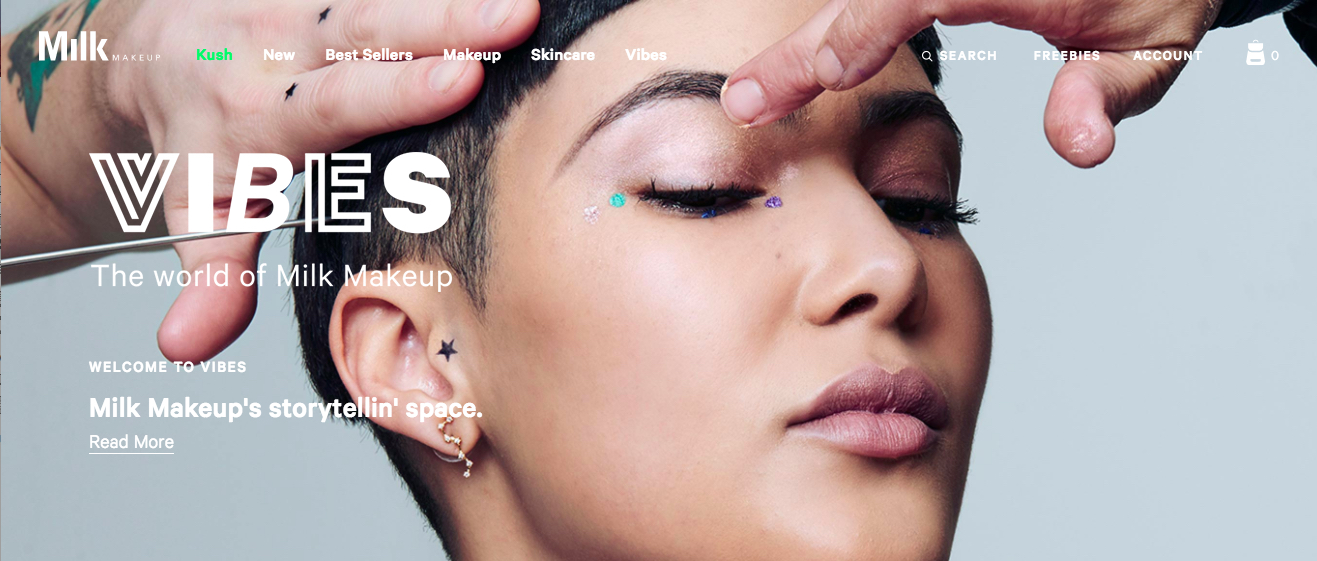
Podcasts, Publications And More: Beauty Brands Are Becoming Mini Media Companies
Milk Makeup could have easily given devoted fans major highs just by unveiling its cannabis oil-infused Kush Mascara on 4/20. A buzzy ingredient, gimmicky product name and release on the unofficial holiday of stoners sound like the stuff of marketers’ dreams, right? Milk Makeup didn’t stop with those hits, though. The beauty brand produced seven pieces of related content on Vibes, its editorial platform, to go along with the launch.
While the expected stories introducing the mascara and a behind-the-scenes look at its development are found on Vibes, there are also educational posts such as “All the Questions You Have About CBD-Rich Cannabis Oil, Answered” and lifestyle features, including “How Cannabis Helped Me Get Over a Breakup…and Myself” and “The 5 Coolest Cannabis Accessory Brands to Keep on Your Radar.” With their high-impact imagery and service-meets-storytelling voice, the articles could easily be mistaken for those in a traditional women’s magazine or plugged-in digital publication.
Two-year-old Milk Makeup is one of a growing number of beauty brands that has formed a publishing arm. At first glance, moonlighting as content creators appears to be a dismal idea for brands. After all, the news out of companies that are specialists in the news is bleak. But beauty brands aren’t beholden to subscriber- and ad-driven business models, freeing them up to deploy content to drive engagement without depending on it for revenues. Of course, product sales are the ultimate objective.
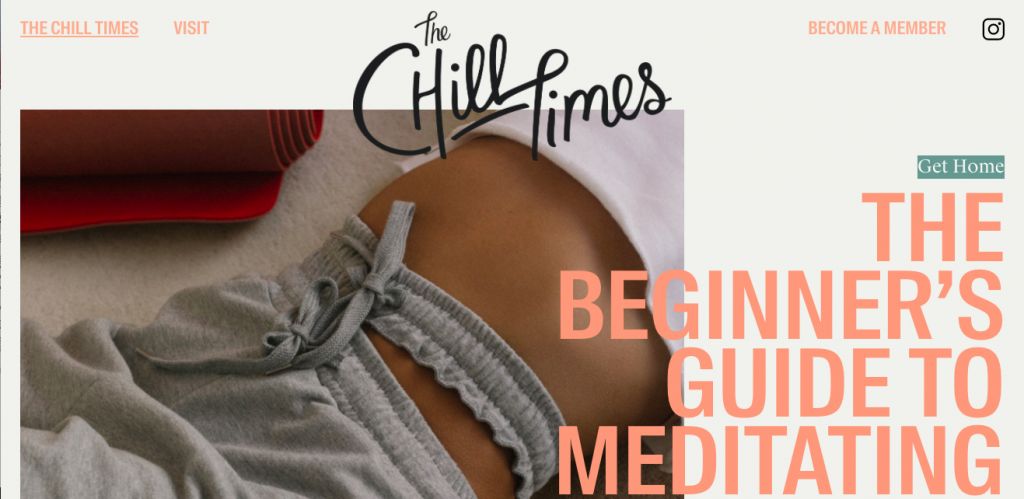
Milk, which launched Vibes in October, took the online publication plunge to increase interaction with customers. “We wanted to provide them with a full experience when they are on milkmakeup.com,” says editorial director Emily Gaynor. “They love beauty and products, but they are also tapped into art, music, fashion, culture, social issues and beyond. Vibes provides tips, tricks, insight into cool people and happenings, and it lets our crew hang with us and get to know us in a more well-rounded way.”
Cyndi Ramirez-Fulton, the brains behind Chillhouse, a combo café and nail salon on New York City’s Lower East Side, introduced a similar venture last month in the online destination The Chill Times. In an Instagram post, she describes the site as “a digital oasis where self-care meets self-discovery.” She adds that, when she thought about what she wanted the future of Chillhouse to look like, she didn’t only see physical outposts. “I love to guide people to a better way of living through multiple mediums,” writes Ramirez-Fulton. The Chill Times’ content runs the gamut from an exploration of Chillhouse’s spring nail designs to “A Complete Guide to the Best Overpriced Grain Bowls in NYC.”
Other brands like Zoe Organics, Lotuswei and Wannabe are nudging into the media universe with podcasts. “When consumers are looking for a brand now, they want more than just a product,” says Zoe Organics founder Heather Hamilton. “Particularly in the indie/natural space, they want something that they can believe in, and they want to know that a brand is walking the talk, not just selling them something. Our podcast helps us do that by giving us a place to have really honest, personal conversations about anything from why we started the brand to why we make the [ingredient and sourcing] choices that we do.”

Bona Park, senior communications strategist for creative media agency Noble People, agrees that consumers are hungry to learn about brands. “We’ve all heard the research that millennials and gen z are more invested in brands that have strong values and stand for them,” she says. “The question that young, savvy consumers think when looking at these brands is, ‘What does this brand stand for and is it relevant to me?’ That’s where content comes into play. Content is the opportunity for brands to drive their own narrative, stake their opinions, and connect with their consumers.”
Beyond forging a stronger connection with existing audiences, publishing platforms can widen brands’ focuses and their reach, says Larissa Pickens, owner and creative director of Float Design, an agency counting the beauty brands Ahava, Laura Geller and Kevyn Aucoin on its client list. “Publishing can allow a brand to test out new verticals and expand the product line in the future as well.”
Pickens and Park are wary, however, about recommending their clients take on large-scale content projects. “The issue with content these days is that there’s so much bad content,” says Park. “More often than not, brands are contributing to the noise. Just because the barrier to entry is low doesn’t mean that it’s easy to pull off. If brands want to get into content, they need to truly commit to it.”
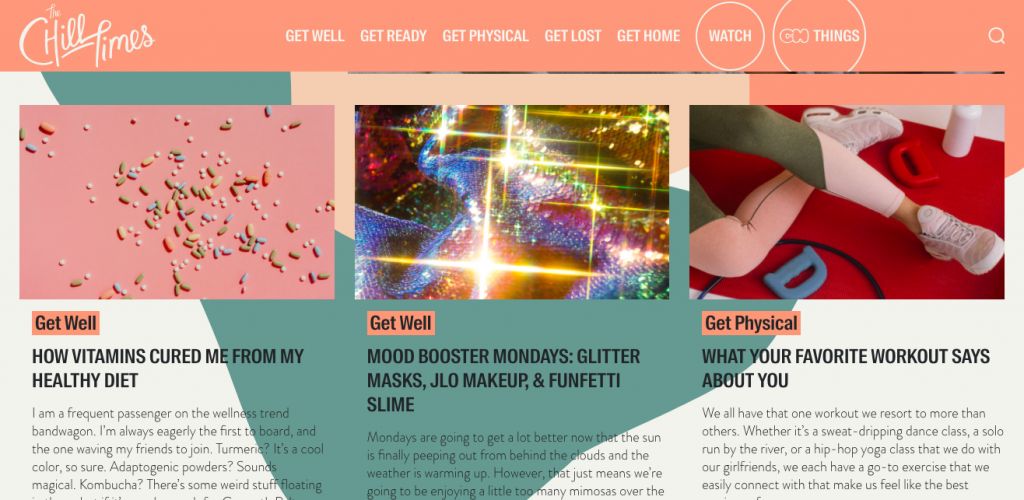
Pickens emphasizes planning for the long haul is key to effective content. “It’s not something you can easily experiment with for a month to see how it goes,” she cautions. “I’d plan at least a year, more likely two, for experimenting with content creation if you do want to try it out.”
Commitment, of course, comes with a price, both in terms of money and time. Pickens says, “Honestly, most startups struggle enough to maintain their own content, much less start an independent content platform.”
For Hamilton, the struggle is real. After airing seven episodes in 2017, which Hamilton cumulatively refers to as season one, the Zoe Organics podcast went on hiatus. “It’s so time-consuming, and we’re a small team,” says Hamilton, divulging a minimum of 10 hours is spent to generate an episode that runs about an hour. “We’ve had the next season, which premieres June 1, planned out for a while, but we’ve been trying to figure out how to do it and make sure that, once we committed to it again, we’d always have those episodes every week.”
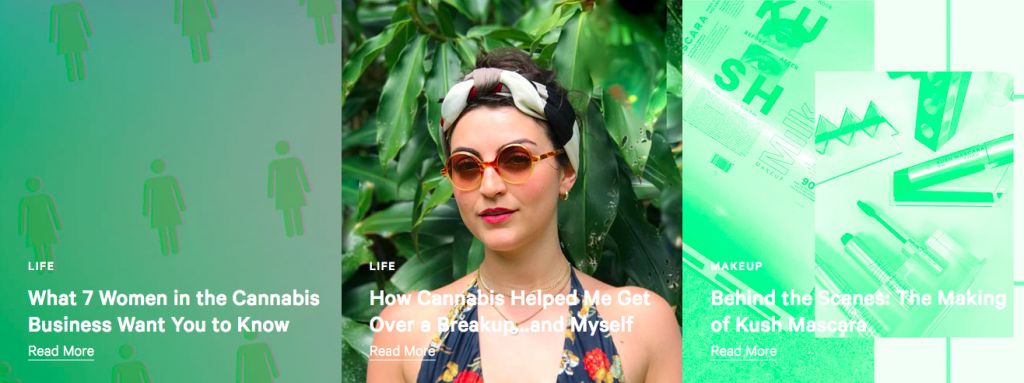
Even Gaynor, who works on content full time at Milk Makeup and has a team of freelancers and interns to support her, isn’t satisfied with Vibes’ content yield. She envisions it being updated daily instead of the three to four times a week it is now.
The sales results from content – and the requisite time, effort and money to churn it out – are murky. Milk Makeup hasn’t released metrics for Vibes in terms of web traffic or click-throughs to buy, although Gaynor points out the reaction to its stories has been “extremely positive.”
Hamilton says that the Zoe Organics podcast is still nascent, and it’s hard to tell if it’s impacting her core business. For now, her goal is to figure out the topics that resonate most with her audience, so that, when they do come and listen, they’ll get a good sense of what Zoe Organics is and the people behind it. The hope, but not the fact, is that the content leads to sales.
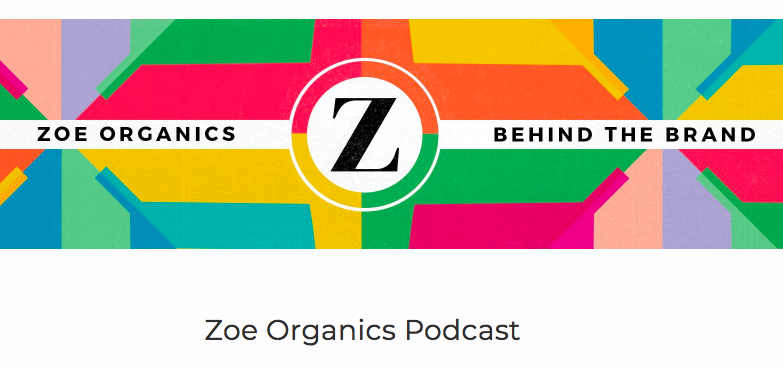
TAKEAWAYS
- Indie beauty brands are establishing media arms to complement their core businesses.
- Brands like Milk Makeup and Chillhouse have created robust editorial platforms online, while others like Zoe Organics and Wannabe are banking on podcasts.
- The uptick in beauty brands developing content comes at time when traditional publishers are foundering due to readership and advertising declines.
- Brand marketing experts agree that content creation can be a good strategy for beauty companies to connect with consumers, but worry the costs of such endeavors may not be worth the efforts.
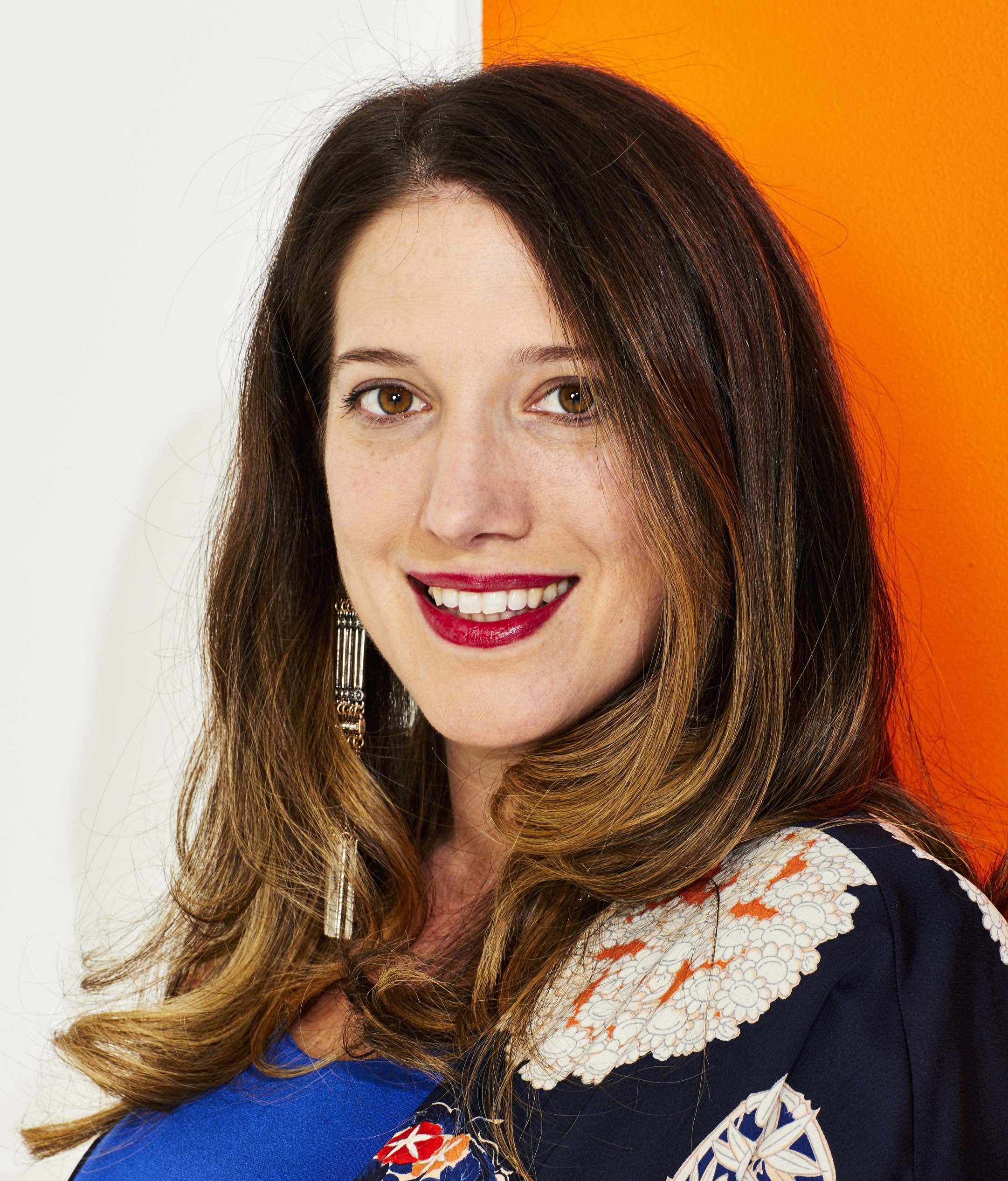

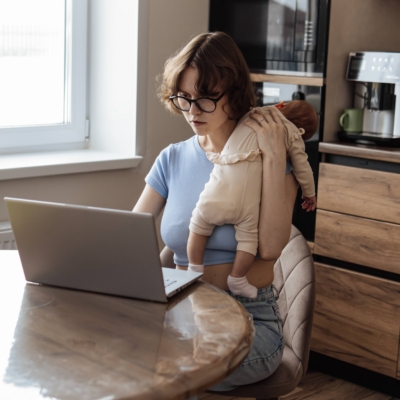
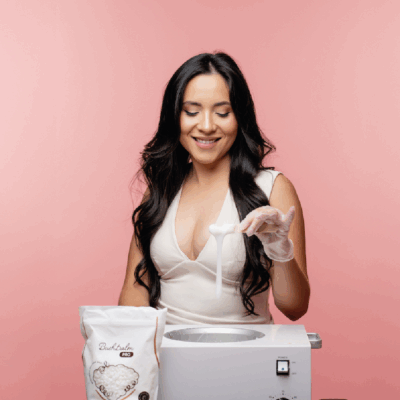
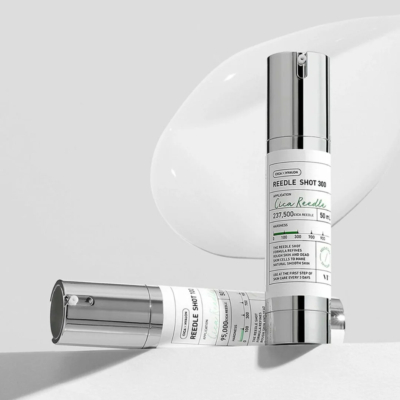
Leave a Reply
You must be logged in to post a comment.